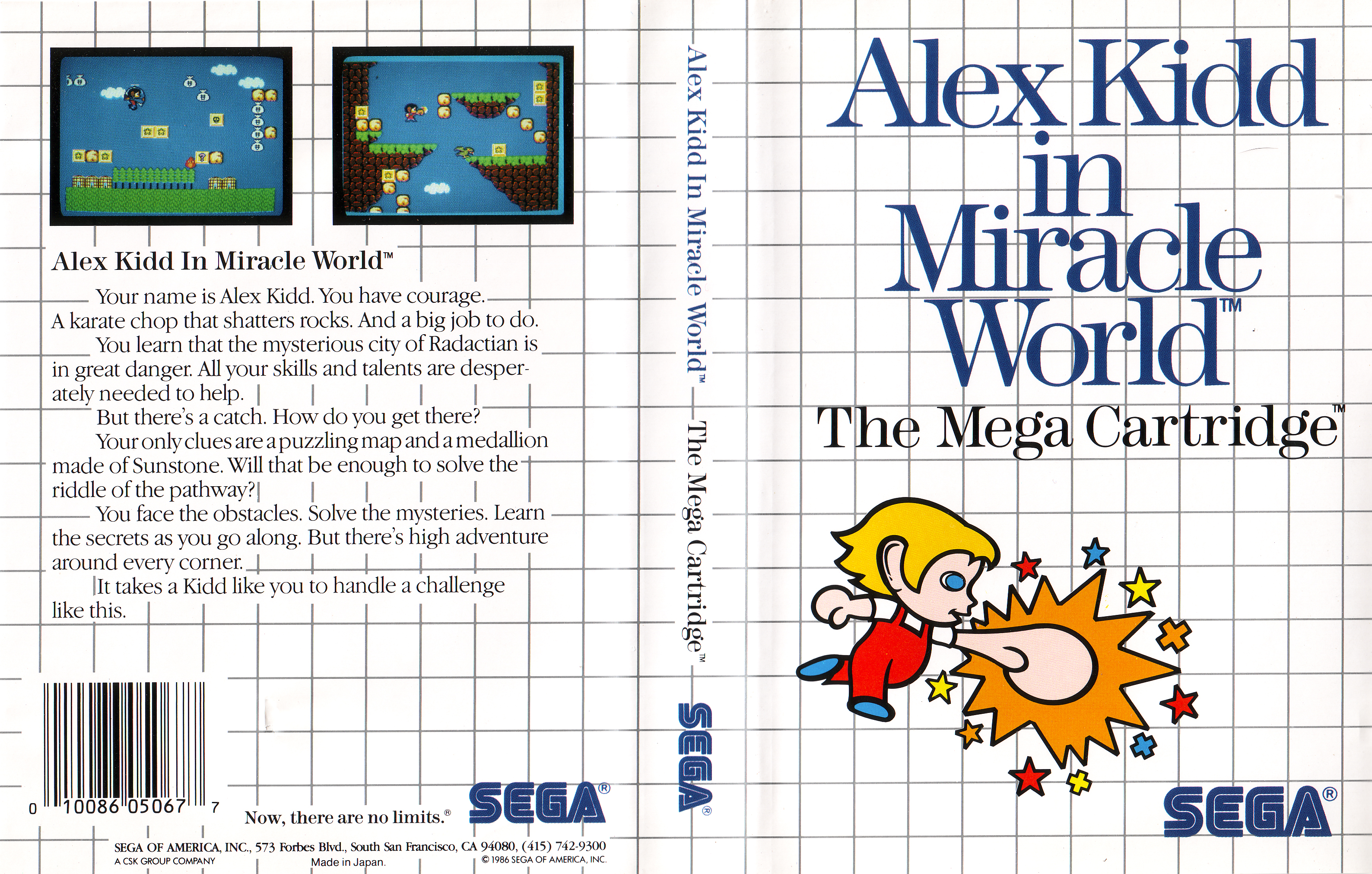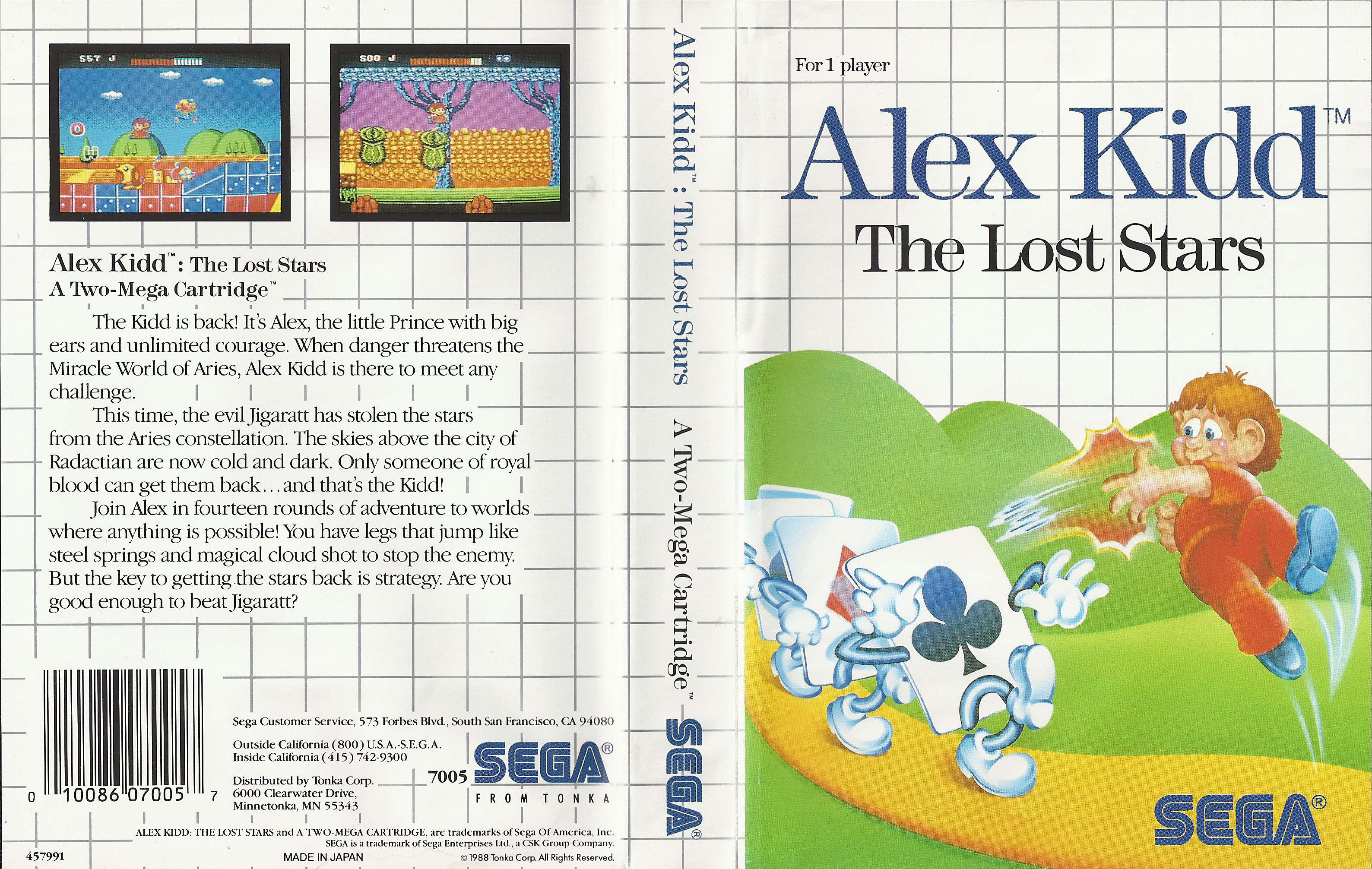Terran Tam: Birthday Girl
Advertisements and Magazines

My first step starting this whole thing is informing myself on what the North American market was like for Sega in late 1989. According to a double-page advertisement I found, it looks like Hang-On was still the pack-in game for the Base System, along with Hang-On & Safari Hunt for the Master System. There were a decent number of games shown too.
But I mentioned wanting to find some magazines — so that's where I'd begin. Was there an equivalent to the Nintendo Fun Club in 1989? Sega Visions wouldn't start for another year. As it turns out — yes, there was! The Sega Challenge started in late 1988 and ran 3 issues before being renamed to The Team Sega Newsletter. It was a quarterly magazine presented by Sega of America, and would be a big help in grounding myself.
I imagined that a friend might have had these magazines laying around, and maybe Tam borrowed them. Excitedly I read through them, right up to the April '89 issue #6. Reading them, I also found out about some promotional VHS tapes Sega put out exclusively to subscribers for just $7.00, called “The Sega Games Preview” and “The Sega Games Preview II”.
Of course I had to find those, and Youtube did not let me down!
Here's where it gets weird!
It turned out that some of the same people working on The Team Sega Newsletter also worked on Electronic Game Player magazine, a bimontly rag that started with the January 1988 issue. It professed to be written by the “US National Video Game Team”, and after 4 issues was relaunched with the Electronic Gaming Monthly 1989 Buyer's Guide.
I felt like I'd stumbled onto some hidden knowledge. Not only was the first official Sega magazine tied to the first ever American esports team, but it was also connected to Twin Galaxies and the creation of Electronic Gaming Monthly!
I could feel my brain melting. EGM was a constant presence in my life as a kid, providing the MTV Generation is a ton of info and screenshots on games that we couldn't get anywhere else. Anywhere, that is, other than GamePro magazine. GamePro landed on store shelves in May 1989 with a virtual explosion. While the Team Sega newsletter and EGM were pretty text-heavy, GamePro hit hard with larger screenshots, wild page layouts, and a ton of attitude.
Building a library
I had a ton of reading to do, to get caught up to September 1989. And very quickly I learned a few things. First, the Team Sega Newsletter and early Electronic Game Player were pretty dry reading for a kid. I'd say they were definitely targeted to an older audience. And EGM had a strong focus on Nintendo titles, which surprised me since it came from many (or all?) of the same people that worked on the Sega mag. GamePro, even with their sizable Nintendo coverage, gave more expansive coverage to Master System titles.
If you want to follow along with me, I've linked every magazine I've read in the paragraphs above. Just make sure to stop with The Team Sega Newsletter Issue 6 (April '89), Electronic Gaming Monthly Issue 3 (Sept/Oct '89), and GamePro Issue 3 (Sept/Oct '89).
Genesis?
Of course, by fall of 1989, a lot of attention was on the upcoming Sega Genesis, too. I wonder what Tam would have felt, reading these magazines hoping for a Sega for her birthday. The amount of magazine space Nintendo got was almost obnoxious as I flipped through the virtual pages, and the hype for the Genesis makes me wonder. Would she have been disappointed?
Back then I had no concept of console generations. My Atari 7800 played Atari 2600 titles just fine, even with a different controller. I bet I would have assumed the same thing of the Genesis. And it did launch with the Power Base converter! And, really, looking at the North American launch lineup of Genesis games, the Master System didn't look that far off.
My kingdom for a good platformer
I knew Tam would get Hang-On & Safari Hunt as the pack-in, and a mail away offer for Double Dragon. I'd want to pick one more title — preferably a platformer. Platformers were my lifeblood back on the NES, and honestly probably still are today. Funny to think that it all started with a Jumpman clone on the C64 published by EA, called “Wizard”.
By fall of '89 there were a couple of options available to me. There's the ever-present Alex Kidd in Miracle World, an early release for the system. But by Tam's birthday the sequel – Alex Kidd: The Lost Stars was already out, and the graphics looked vastly improved. There was also Quartet, a sort of early “run 'n gun” title. Another option was Wonder Boy — better known to NES gamers as Hudson's Adventure Island. Zillion, a smaller more methodical game was out also. I've heard it compared to Impossible Mission for the C64.
I decided I'd pick between the two Alex Kidd Games. I'd read the magazines, but my final decision would be made the way I made all my choices back then. I'd look at the game boxes and see which looked and sounded more exciting.


Between these two options... which would you have picked?
...Yeah. I picked Alex Kidd: The Lost Stars, too.
The decision had been made. Terran Tam would get a Sega System for her 8th birthday, with Hang-On & Safari Hunt, Alex Kidd: The Lost Stars, and Double Dragon!